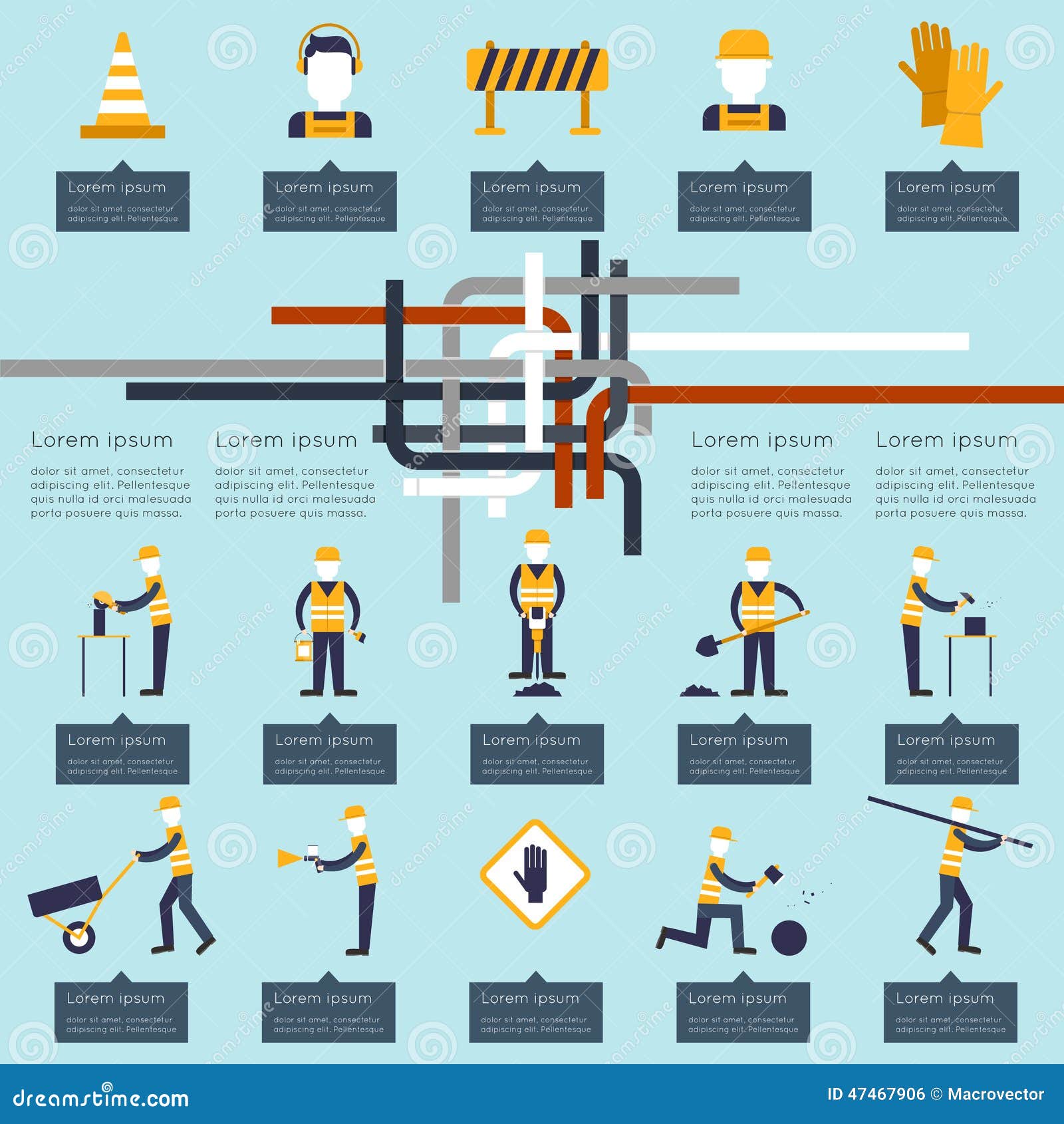Seasonal Factors In Commercial Outside Paint: Key Insights You Need To Recognize
Seasonal Factors In Commercial Outside Paint: Key Insights You Need To Recognize
Blog Article
Staff Author-Fox Chaney
When you're preparing a business external paint project, seasonal variables can make or break your outcomes. You'll wish to take into consideration just how temperature and moisture impact paint application and drying times. Choosing the best season can guarantee your paint adheres effectively and lasts longer. But which seasons are absolutely the best for this sort of job? Allow's discover the crucial elements that can influence your job's success.
The Effect of Temperature Level on Paint Application
When you're preparing a business external painting job, the temperature can substantially affect how well the paint adheres and dries.
Preferably, you wish to repaint when temperatures range in between 50 ° F and 85 ° F. If it's as well chilly, the paint might not treat appropriately, leading to concerns like peeling off or fracturing.
On the other hand, if it's also warm, the paint can dry out too promptly, preventing correct bond and leading to an irregular surface.
You should also think about the moment of day; early morning or late afternoon supplies cooler temperatures, which can be extra desirable.
Constantly examine the maker's referrals for the particular paint you're using, as they often give guidance on the perfect temperature level variety for optimal outcomes.
Humidity and Its Impact on Drying Times
Temperature level isn't the only environmental element that influences your industrial exterior painting task; moisture plays a significant function as well. High moisture degrees can slow down drying times significantly, affecting the overall quality of your paint work.
When the air is filled with moisture, the paint takes longer to treat, which can result in issues like bad attachment and a greater risk of mildew development. If you're repainting on a particularly damp day, be prepared for extensive delay times in between layers.
It's vital to monitor regional weather and strategy appropriately. Preferably, go for humidity levels between 40% and 70% for ideal drying out.
Maintaining these factors in mind ensures your project remains on track and provides a long lasting coating.
Best Seasons for Commercial Outside Paint Projects
What's the most effective season for your commercial outside paint projects?
Springtime and early fall are normally your best bets. Throughout these seasons, temperature levels are light, and humidity degrees are commonly lower, creating perfect problems for paint application and drying.
Stay clear of summer's intense heat, which can trigger paint to completely dry also quickly, causing inadequate adhesion and coating. In https://interior-home-painters-ne97542.blogoxo.com/35228970/open-the-door-to-a-successful-paint-job-by-discovering-key-approaches-for-collaborating-with-professionals-your-desire-space-awaits , winter months's cold temperatures can impede proper drying and treating, running the risk of the longevity of your paint work.
Go for days with temperatures between 50 ° F and 85 ° F for optimum outcomes. Keep in mind to examine the local weather report for rainfall, as damp problems can wreck your project.
Planning around https://www.washingtonexaminer.com/news/white-house/trump-painting-found-electrical-room-miami ensures your painting task runs efficiently and lasts much longer.
Conclusion
In conclusion, planning your business exterior paint jobs around seasonal factors to consider can make a substantial difference in the result. By organizing work throughout the perfect temperature levels and moisture levels, you'll make certain better adhesion and drying out times. Remember to watch on local weather forecasts and select the right time of year-- springtime and early loss are your best options. Taking these actions will aid you achieve a sturdy and expert surface that lasts.
